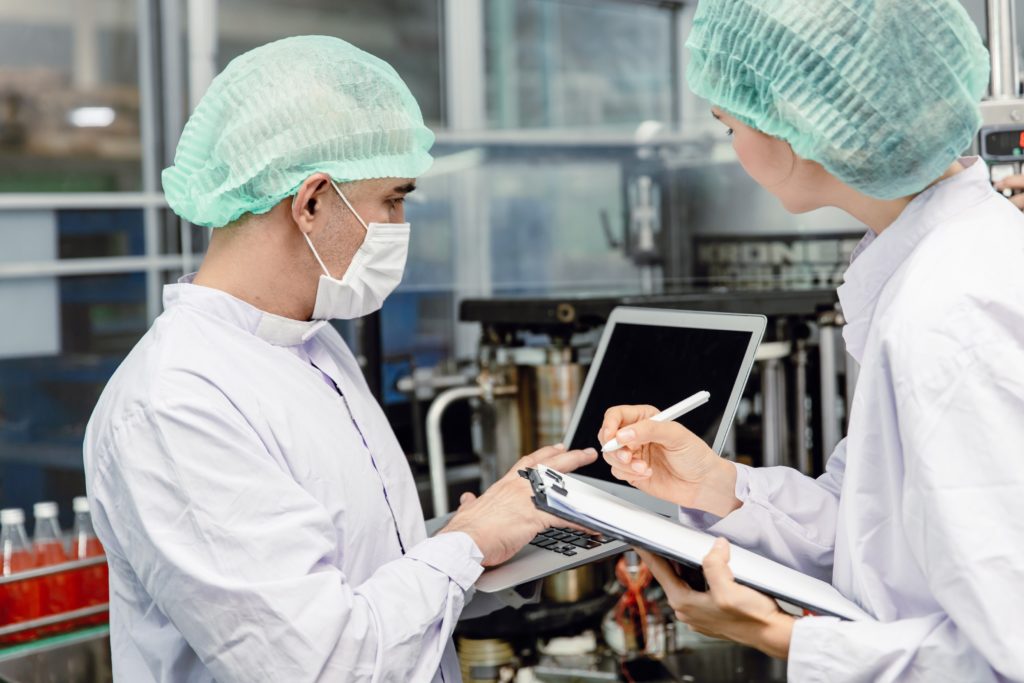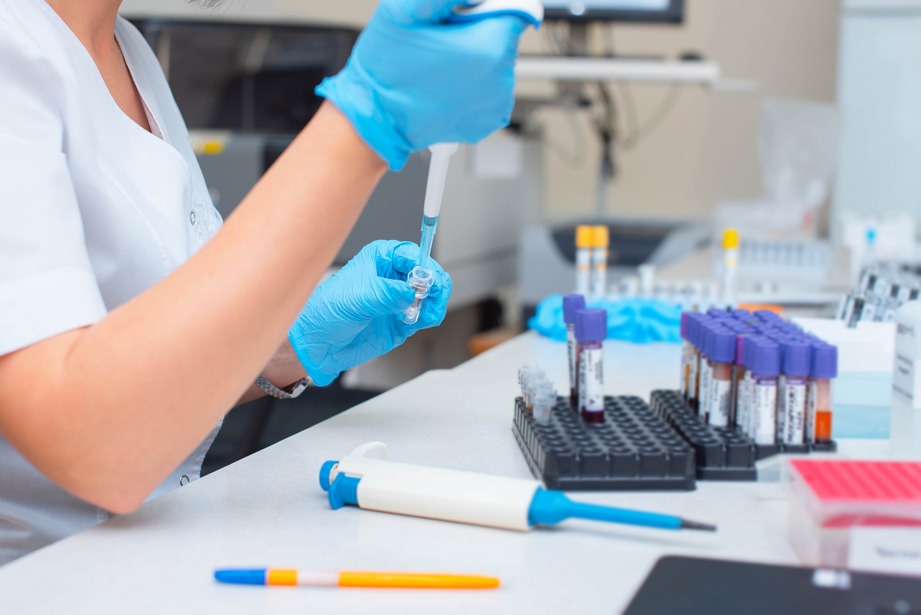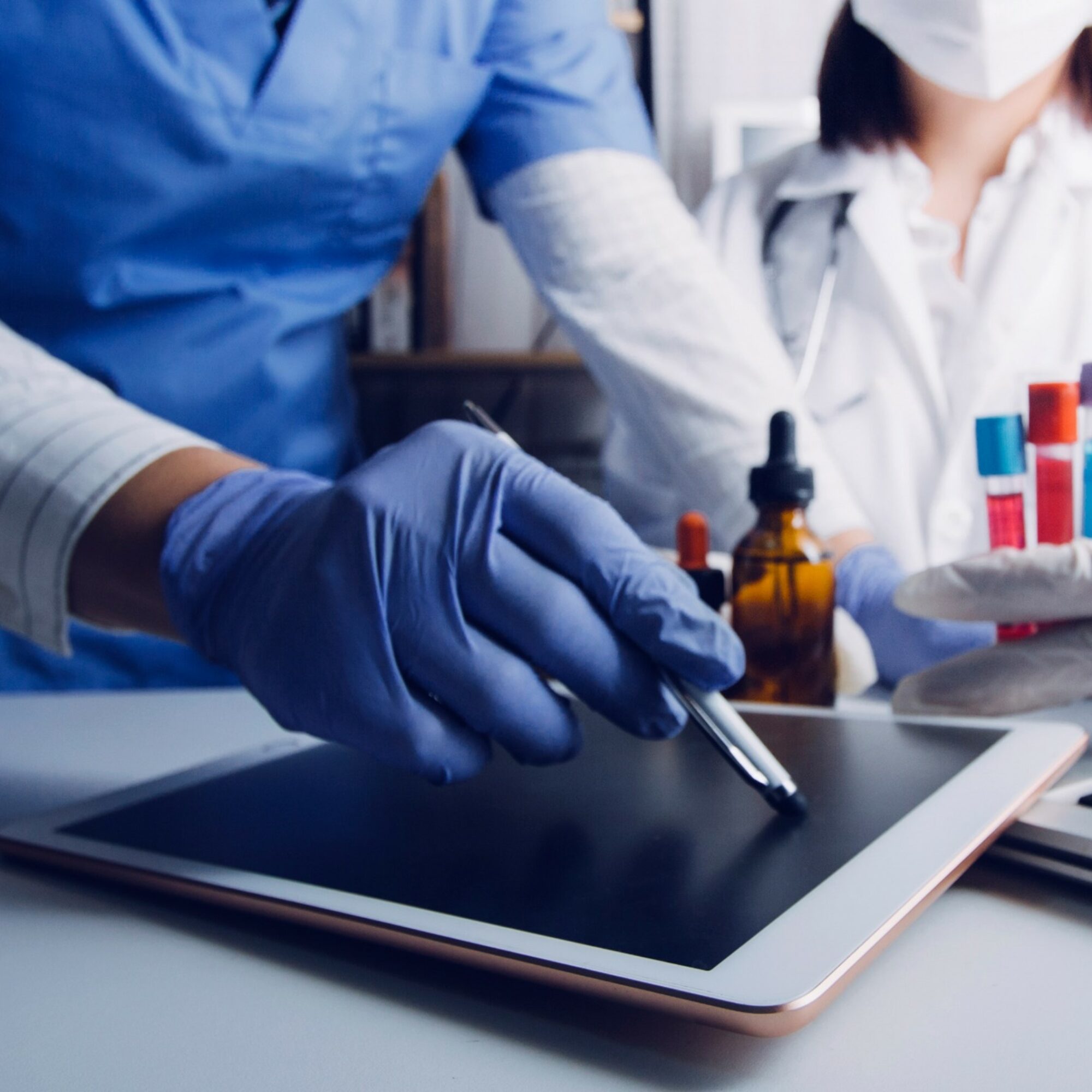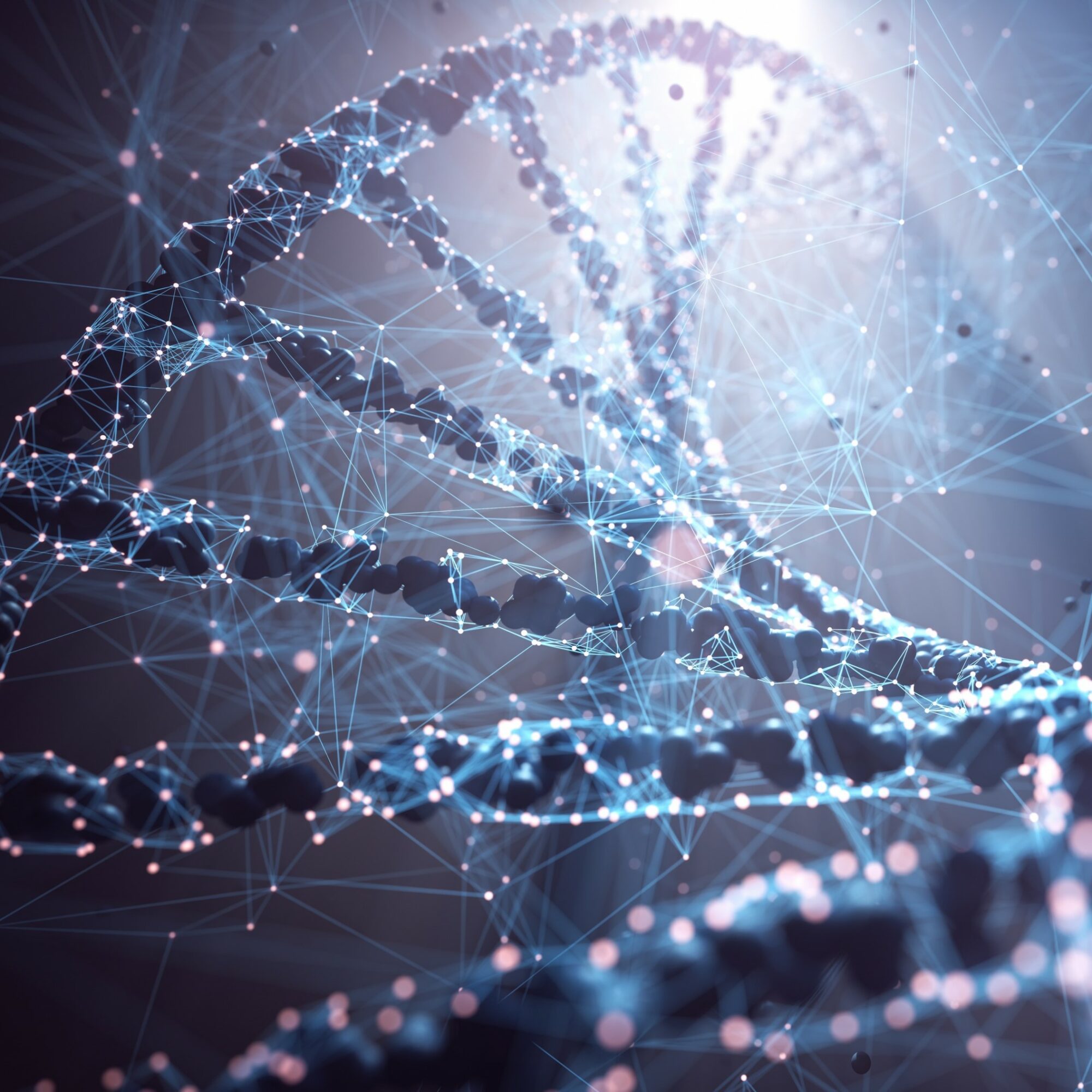Process Analytical Technology (PAT): a new way of thinking about quality control
Historically highly regulated, the biomanufacturing sector is evolving at the pace of the GMP (Good Manufacturing Practices) guidelines which guarantee the conformity of pharmaceutical products to the appropriate standards [1]. In this dynamic of improvement, the biopharmaceutical industry keeps integrating new approaches to bioprocesses development and control.
In 2004, the Food and Drug Administration (FDA) launched the PAT initiative [2], which establishes a regulatory framework to promote innovation through the understanding of various biomanufacturing quality control processes.
PAT quality control is based on the identification, for each product, of critical process parameters (associated with the process), critical quality attributes (associated with the final bioproduct) and key performance indicators (associated with production performance).
This characterisation allows for quantification how the critical process parameters combined with the performance parameters that affect the critical quality attributes of the final product, for example how the amount of nutrients injected into a bioreactor with a certain density of living cells affects the glycosylation pattern of a protein.
Thus, the compliance of a bioproduct would be better determined from an appropriate combination of process and performance parameters measured in real time than by a final quality control of critical quality attributes. This principle is defined in the concept of “Real-Time Release Testing” introduced by the European Medicines Agency in 2012. [3]
PAT: high stakes for non-invasive real-time measurements
Implementing the PAT reasoning, i.e. controlling the quality with process parameters (therefore mainly on the upstream part of the process) leads to the need for real-time control of the bioprocess. This real-time control enables automatic adjustments of the critical parameters and thus guarantee the bioproducts’ quality. In addition, there is a challenge of avoiding contaminations to avoid production losses.
CDMOs and biopharmaceutical companies have therefore begun to turn to in-line monitoring (monitoring is carried out directly in the bioprocess without sample collection or diversion) and automated at-line monitoring (a sample is collected automatically and the analysis is carried out next to the bioproduction line). Thus, the in-situ or automated controls of the different parameters provide a real opportunity to intensify the production of CDMOs – following the example of Catalent – and innovative biopharmaceutical industries.
Discover our experience in the field of biotherapies and biomanufacturing >
Although these technologies are recent, their implementation is a growing trend in bioprocess control. It is still hampered by the technical difficulty of implementing these new technologies with their associated statistical models in established production lines, but this trend is becoming increasingly important in new bioproduction lines. These new control methods are now one of the pillars of biomanufacturing intensification, and a major challenge for biopharmaceutical and CDMO manufacturers as well as for equipment manufacturers. Discover how we could support you in the field of advanced biotherapeutics!
About the author,
Matthieu, Consultant in Alcimed’s Life Sciences team in France
[1] WHO, “Health product and policy standards”
[2] FDA, “Guidance for IndustryPAT — A Framework for Innovative Pharmaceutical Development, Manufacturing, and Quality Assurance”
[3] EMA, “Guideline on Real Time Release e (formerly Guideline on Parametric Release)”



